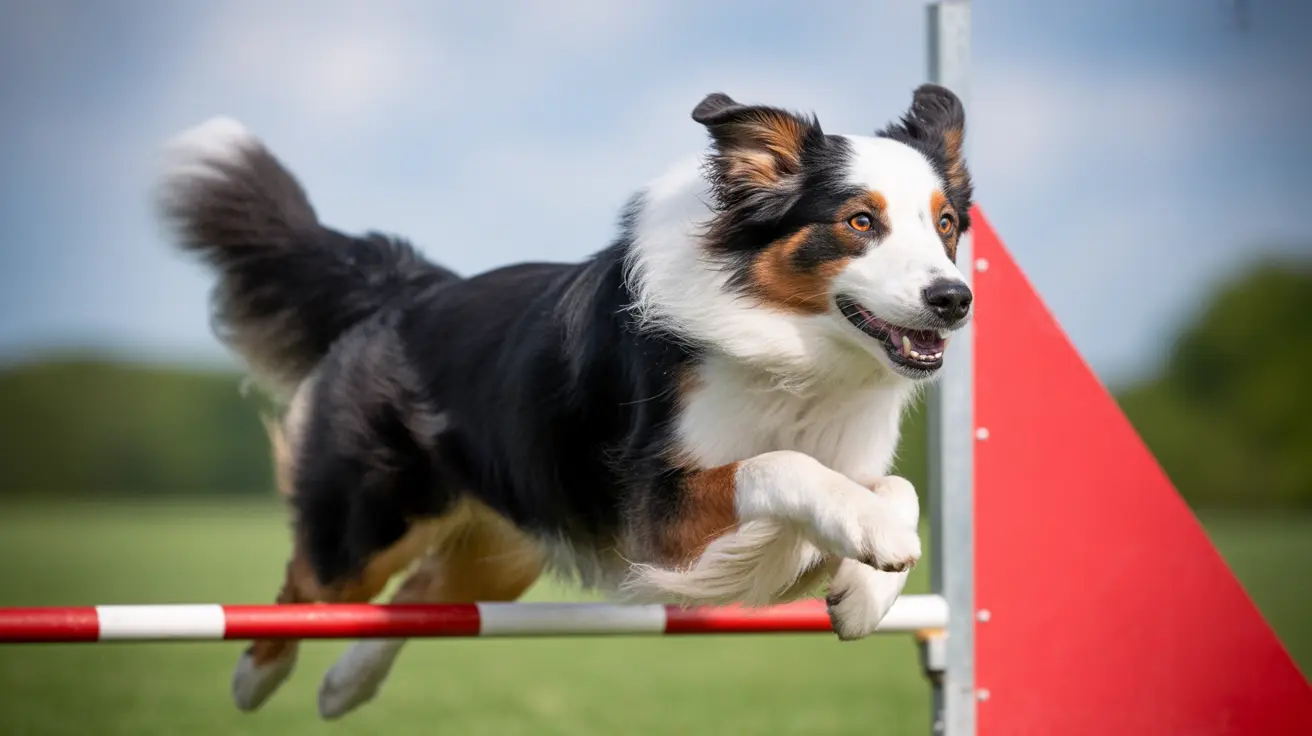Effective Ways to Kill Hookworms in Your Yard
Hookworms are intestinal parasites commonly found in dogs and other animals, and their presence in your yard can pose serious health risks. These worms, particularly Ancylostoma caninum, Ancylostoma braziliense, and Uncinaria stenocephala, can contaminate the environment when eggs pass through an infected animal’s feces. In warm, moist environments, eggs hatch into infective larvae within 2–9 days. These larvae can survive in the soil for weeks or even months, making prompt action essential to eliminating them from your yard.
Understanding the Lifecycle of Hookworms
To fully eradicate hookworms from the environment, it is important to understand their lifecycle:
- Eggs in feces: Shed by adult worms in the dog’s intestines.
- Larvae hatch: These hatch in favorable environmental conditions.
- Infective stage: Larvae reach their contagious stage and penetrate skin or are ingested, infecting new hosts.
Because the larvae require specific environmental conditions to thrive, disrupting their lifecycle is key to controlling their spread.
How to Kill Hookworms in Your Yard
Here are the most effective strategies for eliminating hookworm larvae from outdoor areas:
- Sanitation: Picking up dog feces immediately is the most critical prevention method. This eliminates the source of eggs from the environment.
- Environmental drying: Hookworm larvae thrive in moist soil. Raking the yard regularly and exposing soil to sunlight can dry it out, killing larvae.
- Boric acid: Sprinkling boric acid in contaminated soil can be effective at killing larvae. However, this should be done cautiously to avoid harm to pets and children.
- Lime treatment: Although controversial and potentially dangerous for pets, agricultural lime may be used to dry the soil and alter pH. Professional guidance is essential before using lime.
- Soil replacement: In heavily contaminated areas, replacing topsoil may be necessary for complete eradication.
- Concrete or paving: Replacing high-risk soil patches with paving stones or concrete can prevent reinfestation and reduce parasite survival.
Preventing Hookworm Reinfection
To maintain a hookworm-free yard, ongoing prevention measures should be taken:
- Keep pets regularly dewormed: Use monthly parasite preventatives that are effective against hookworms.
- Deworm puppies early: Begin treatment at 2 weeks of age, repeating every 2 weeks until at least 8 weeks old.
- Clean up waste: Remove pet feces from the yard immediately and dispose of it properly.
- Hygiene: Wash hands thoroughly after yard work or handling pets.
- Restrict access to contaminated areas: Keep pets and children away from areas known to be infested until treatment is complete.
Understanding Human Risk
Hookworm larvae can infect humans, most often resulting in cutaneous larva migrans—an itchy skin condition appearing as winding red tracks. In rare cases, the larvae can migrate deeper into the body. To protect your health and that of your family:
- Cover sandboxes when not in use.
- Always wear shoes when walking outdoors.
- Keep your yard clean and well-maintained.
- Practice good hygiene after outdoor activities.
Regular Veterinary Care
To prevent and monitor hookworm infestations:
- Schedule routine fecal exams – 2 to 4 times in the first year, and 1 to 2 times yearly thereafter.
- Treat nursing mothers and their litters to reduce transmission.
- Use PCR or antigen tests in early or complex infections where eggs are not visible yet.
Professional Help
If hookworm infestation in your yard is persistent or if you're unsure how to proceed safely, consult your veterinarian or a pest control professional. They can recommend safe and effective treatments tailored to your property and pets.
Conclusion
To eliminate hookworms from your yard, combine environmental cleanup, sanitation, soil treatment, and preventive veterinary care. By disrupting the parasite's lifecycle and maintaining a clean yard, you can protect both your pets and your family from this dangerous parasite.





